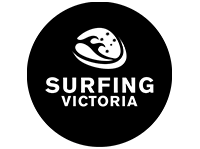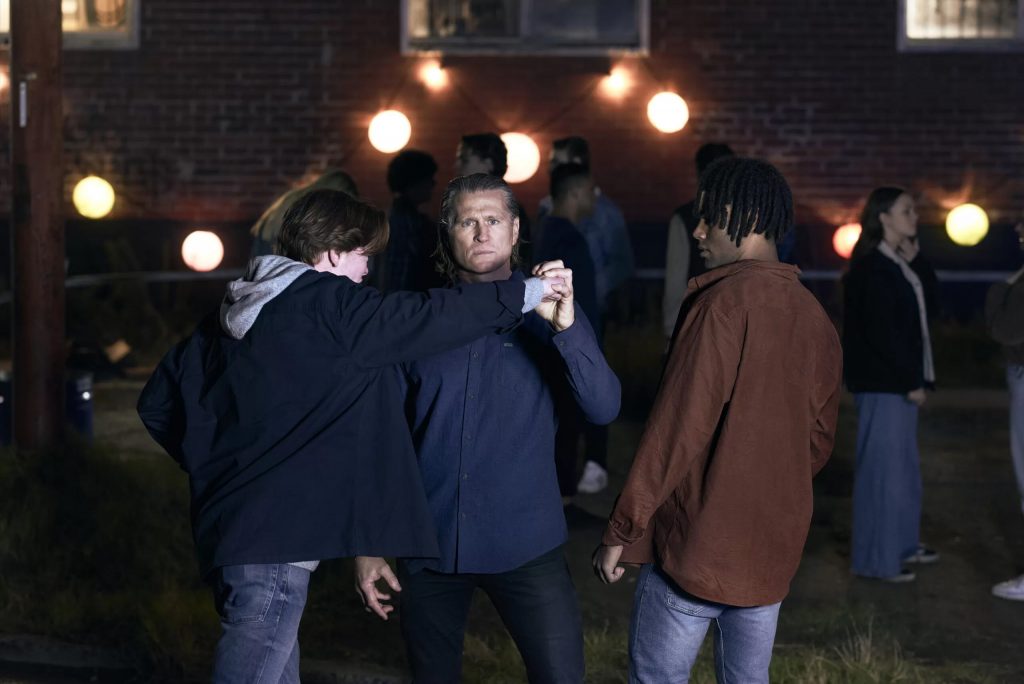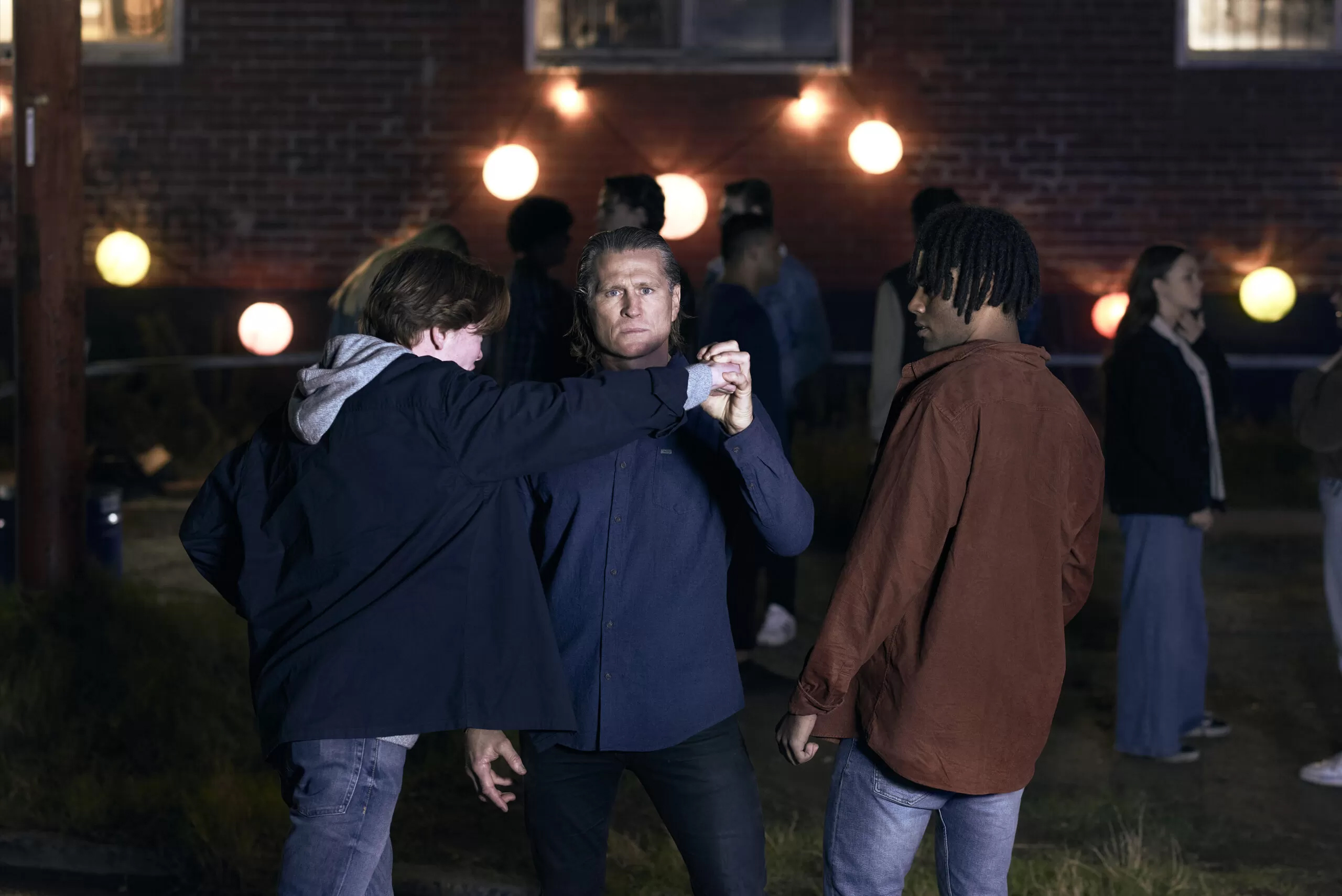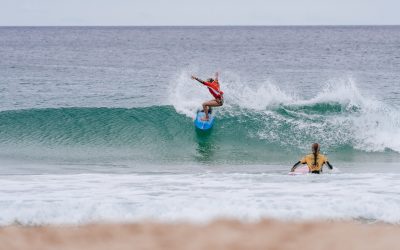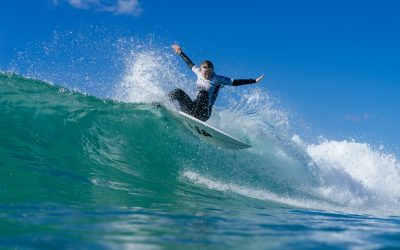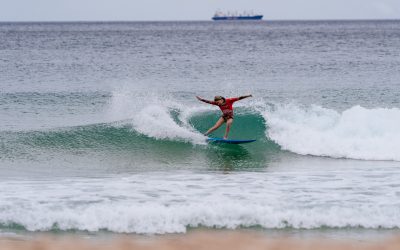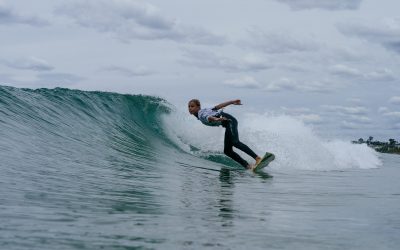Coward Punch survivors face several decades of recovery and recuperation from physical and psychological damage sustained from their attackers, with few likely to fully recover, according to new research commissioned by Danny Green’s Stop the Coward Punch Campaign.
In the fourth year of its partnership with the Victorian Institute of Forensic Medicine (VIFM), the Campaign was keen to better understand how Coward Punch survivors cope with their injuries long after they are sustained, and commissioned VIFM to analyse datasetsi from judicial sentencing reviews of Coward Punch assaults from 1990-2020 to reach informed survivor conclusions.
Among those are:
- Permanent physical injuries were reported in nearly half (44%) of Coward Punch survivors, including motor function impairment, chronic pain, scarring and incontinence.
- Permanent cognitive losses were reported in 43% of survivors, including cognitive function impairment, reduced consciousness, and in extreme cases, post-traumatic amnesia.
- Almost three-quarters of survivors (72%) experienced reduced quality of life from their Coward Punch such as loss of driving ability (8%), sleep disturbances (8%), and seizures (5%).
Permanent Coward Punch injuries are physical, cognitive, psychological, and economic altering
Permanent injuries were described in the VIFM study as physical, cognitive, psychological, behavioural, and/or economic.
Almost three in 10 (27%) survivors suffered permanent brain injury leading to motor and speech impairments among 22% and 12% of these survivors, respectively. Psychological impacts were reported in over a third (36%) of survivors, such as chronic anxiety, PTSD, sleep disorders, and a generalised fear for safety. Behavioural impairment presented in over a fifth of cases (22%) such as social and recreational activity withdrawal.
Quality of life impacts were a factor in relationships breaking down among 19% of survivor cases, with anxiety (12%), depression (9%), and inability to participate in sports (10%) also factors.
“The VIFM research has once again painted a powerful and confronting picture of the impact of Coward Punch assaults in Australia, this time showing what survivors might expect to be confronted with for the rest of their lives” said Stop the Coward Punch Campaign Founder Danny Green.
“With most survivors shown to be in their early thirties, it means they face several decades of recuperation over the remainder of their lives, and the likelihood that a full recovery will remain elusive for most survivors.”
“In most jurisdictions, Coward Punch perpetrators receive minimal or even no jailtime for their assaults, which is nothing compared to a lifetime of recovery that survivors face. For most survivors, their Coward Punch is the life sentence their perpetrator will never face.”
Economic loss also featured in the research findings with almost half of survivors (44%) impacted by loss of employment and medical costs the most common experiences. Ongoing financial hardship was experienced by 6% of survivors. The research points to employment discontinuity being an issue for two-thirds of survivors, with at least temporary work absence reported by 19% of survivors and permanent impairment in overall work productivity reported in a tenth of cases.
The VIFM research also considered other health outcomes, reporting medical comorbidities developing post-assault were life-altering. The severe effects included loss of bowel functions, stroke and recurrent seizures, impaired balance, shoulder damage, and hemiparalysis. Other physical effects were permanent damage to the eye, nose, ear or associated structures, inability to close the mouth completely, degeneration or impairment of upper or lower limbs, predisposition to infections, incontinence, and ongoing dental issues (bite impaired, loose teeth).
Characteristics show most survivors left with serious injury
VIFM’s analysis of the datasets revealed some interesting findings about the characteristics of Coward Punch survivors. Four in 10 survivors (40%) were injured from the initial single punch and subsequent impact with a hard surface, with 60% received a single punch followed by additional kicking, stomping or further punching.
The characteristics show most survivors were male (89%), in their early thirties, with a median age of 30.7 years (range 13-68 years). Most (30%) were from New South Wales, followed by an equal number of cases in Queensland and Western Australia (both: 15.6%).
Most survivors were also left with serious injuries with almost three-quarters (72%) requiring hospitalisation. The highest severity outcome cases were most frequent in New South Wales (32%) followed by Queensland (16%) and Victoria (14%). Immediate neurological were reported in over half of cases with a small number of survivors experiencing a delayed onset of symptoms (9%).
Most survivor assaults require hospitalisation
VIFM’s analysis showed 72% of Coward Punch survivor cases required immediate or future hospitalisation, with ambulance attendance reported in at least a third (36%) of all cases. Delayed hospitalisations were reported among a third (36%) of the cases VIFM described as among the seriously injured outcome group. Of the roughly three-quarters of hospitalisation cases, 21% required Intensive Care Unit treatment.
After hospitalisation, surgical intervention for neurological or fraction corrections were performed on 42% of survivor cases, with the more complex cases requiring insertion of stabilisation plates to facial or other skeletal structures.
Participation
Events

My Profile
Login to your profile or Sign up to our new Surfing Portal
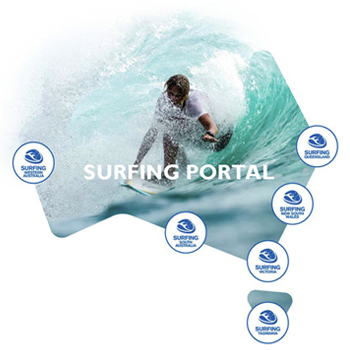
Memberships
Head to your Surfing Portal to purchase or renew memberships
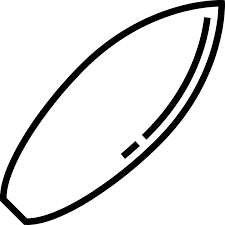
Events & Courses
Head to your Surfing Portal to enter events and courses
